Have you ever sat beside your cat, wishing they’d curl up in your lap, but instead, they linger just out of reach? It’s almost heartbreaking to see a pet you adore seeming so distant. The truth is, many cats feel love deeply, but their shyness makes them hold back from cuddling. Their emotions aren’t always as obvious as a wagging dog’s tail—cats are mysterious artists at hiding vulnerability. Yet, if you pay close attention, you’ll notice their language is rich with subtle cues. Understanding these emotional signals can unlock a whole new world of connection with your feline friend. Let’s dive in and uncover the 15 emotional cues cats send when they’re too shy to cuddle, so you can recognize their silent affection and help them feel safe.
1. Slow Blinking—The “I Trust You” Signal
When a cat slowly closes and opens their eyes at you, it’s the feline equivalent of a gentle smile. This isn’t just a random blink; it’s a quiet declaration of trust and affection. If your shy cat sits across the room and gives you slow blinks, they’re saying they feel safe with you, even if they’re not ready for close contact. Imagine it as a cat’s way of blowing a kiss from afar. It’s subtle, so you have to be watching for it—but once you spot it, it’s a beautiful sign of your bond. Try slow blinking back at them, and you might be surprised to see them respond in kind, bridging the emotional distance. This is their way of showing love without the pressure of a cuddle.
2. Tail Tucked Close—Feeling Vulnerable
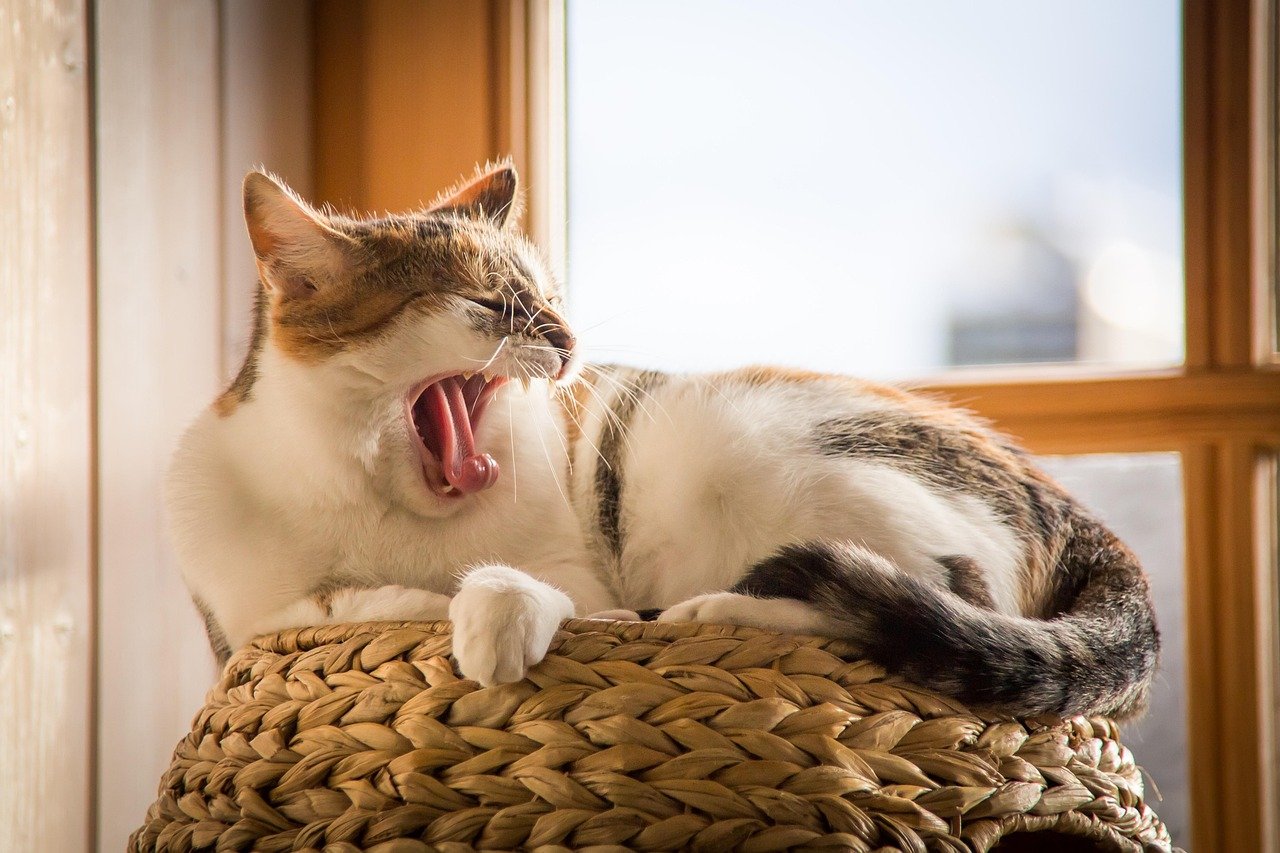
A cat that tucks its tail tightly around its body is sending a clear message of feeling exposed or uncertain. This posture is like a child hugging a stuffed animal for comfort. It’s a self-soothing gesture, signaling that the cat is protecting itself emotionally and physically. They might want to be near you but aren’t ready to let their guard down completely. If you see your cat sitting like this, resist the urge to scoop them up. Instead, give them space and let them approach you on their terms. Understanding this cue shows your cat you respect their boundaries, which can build trust over time.
3. Ears Turned Slightly Back—Mixed Emotions
A cat’s ears are incredibly expressive, turning like little satellite dishes to pick up every sound and feeling. When their ears swivel slightly backward—not pinned flat, but not entirely forward either—they’re communicating ambivalence. They may want to be with you, but their shyness is holding them back. This middle-ground ear position often means they’re curious yet cautious, torn between affection and fear. It’s a sign they’re processing their emotions, weighing whether it’s safe to come closer. Reading this cue helps you know when to give gentle encouragement rather than rushing in for a hug.
4. Watching You from Afar—Secret Admiration
Does your cat keep a watchful eye on you from across the room? This isn’t just idle observation; it’s a sign they care about you but aren’t quite ready to bridge the gap. Think of it as a shy child at a party, wanting to join in but too nervous to make the first move. Your cat is seeking comfort in your presence, even if physical closeness is overwhelming. They might follow you with their eyes, or subtly reposition themselves to keep you in sight. This behavior tells you they value your company deeply, even if they show it from a distance.
5. Gentle Head Turns Away—Respecting Boundaries
When a cat deliberately turns its head away as you approach, it’s not snubbing you—it’s showing a shy respect for personal space. This is an emotionally loaded signal, meaning they’re interested but not comfortable enough for direct engagement. It’s a bit like a friend who wants to talk but is too nervous to make eye contact. By turning their head, your cat is letting you know they’re not ready for close interaction, but they don’t want you to leave entirely. Take this as a gentle nudge to slow down and let the relationship develop at their pace.
6. Sitting Nearby, Not Touching—Silent Companionship
Some cats express affection by simply being in your presence without physical contact. If your shy cat sits close enough to watch you but doesn’t touch, they’re still showing love in their own reserved way. This is their version of a quiet, supportive friend who sits beside you during tough times. The proximity means they trust you, even if cuddling feels too vulnerable. Over time, this silent companionship can blossom into physical closeness as your cat’s confidence grows. It’s important to cherish these moments of togetherness, even when they seem understated.
7. Hesitant Paw Reaches—Testing the Waters
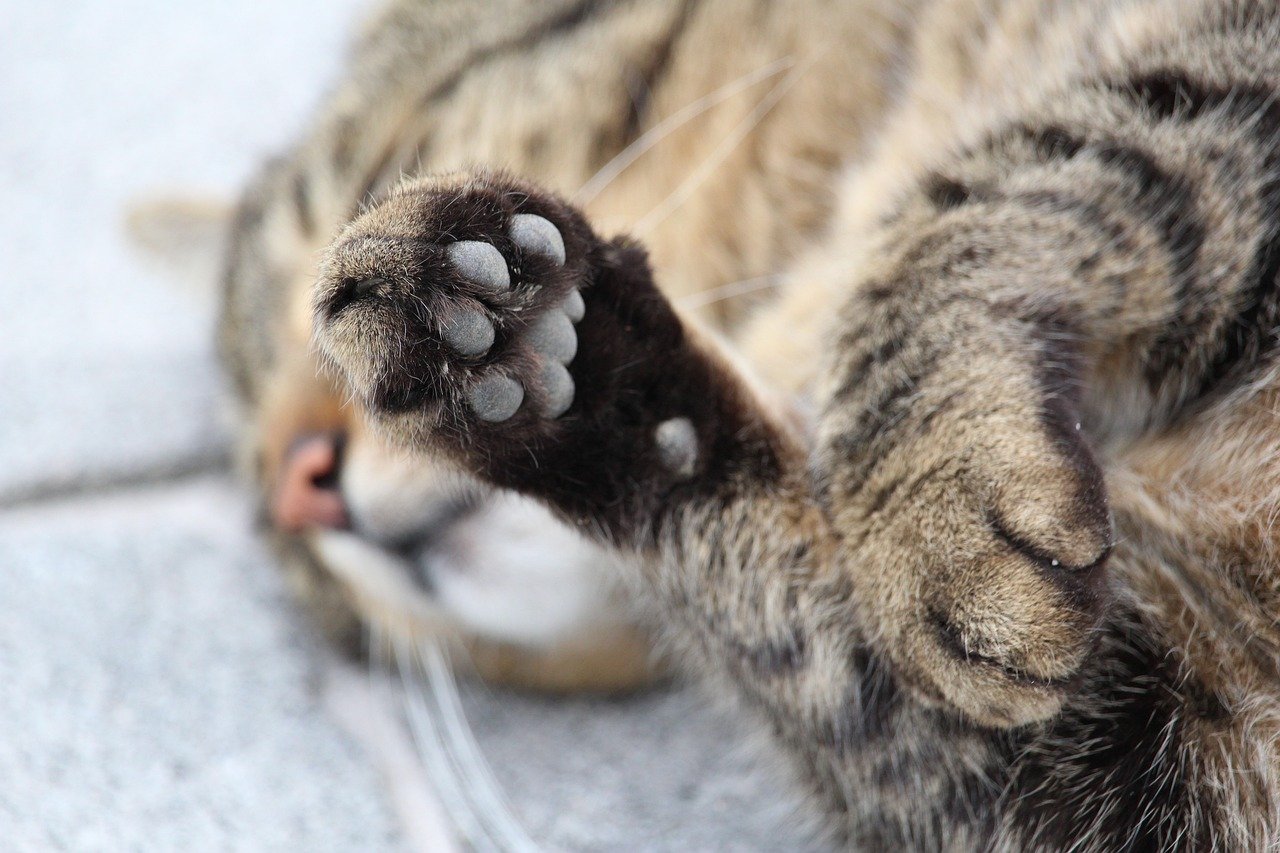
A shy cat might tentatively reach out with a paw, then quickly pull it back. This delicate gesture is a powerful emotional cue—they’re testing the waters, unsure if it’s safe to initiate contact. It’s as if they’re dipping a toe into a cold pool, both curious and cautious. If you notice this behavior, try keeping still and letting your cat explore at their own pace. Gentle encouragement, like softly speaking or blinking, can reassure them. These small steps are signs of growing trust and can eventually lead to more affectionate behaviors.
8. Low, Soft Meows—Subtle Communication
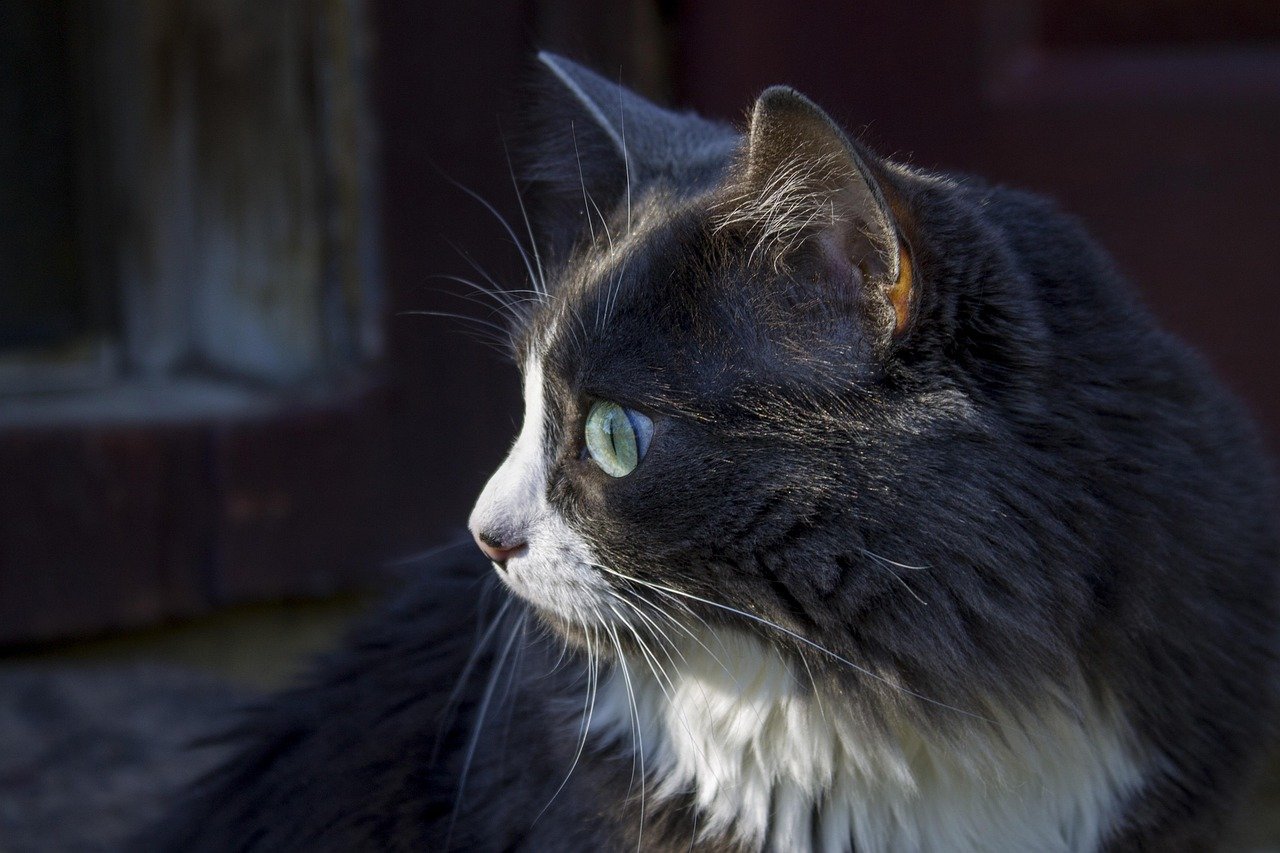
Not all meows are loud demands for food. Some cats use quiet, barely-there meows to communicate their feelings. These soft vocalizations are often attempts to connect, without the boldness of a confident cat’s demands. It’s as if your cat is whispering, “I’m here and I care, but I’m not sure how close I want to get.” Listening and responding gently to these meows can help your cat feel seen and understood, strengthening your emotional bond.
9. Sudden Grooming—Nervous Distraction
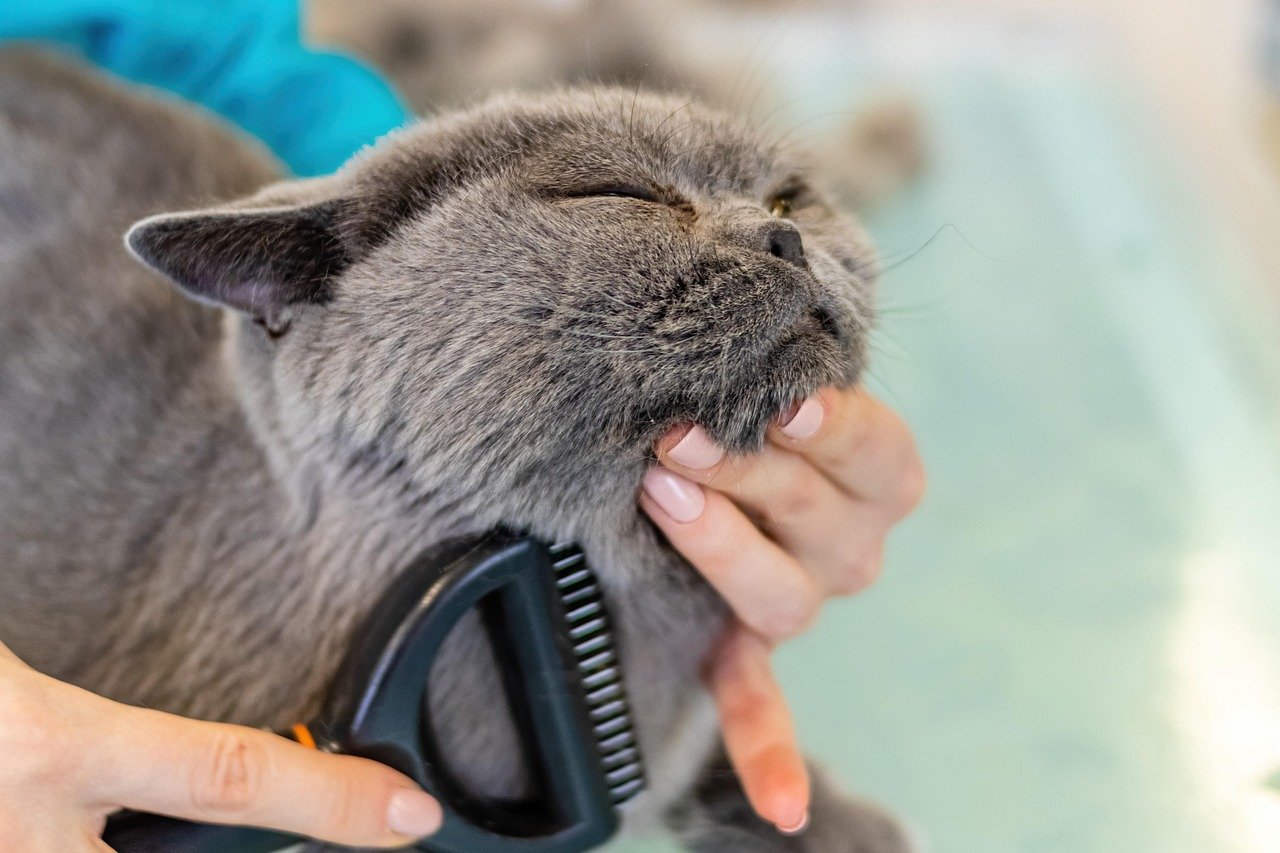
Have you noticed your cat suddenly start grooming themselves when you approach? This isn’t just about cleanliness. Sudden licking or cleaning is often a sign of emotional conflict. Your cat may be feeling anxious or unsure, so they distract themselves with grooming. It’s a bit like someone nervously fiddling with their hair during an awkward conversation. Recognizing this behavior lets you know your cat is processing strong feelings and may need a little extra patience.
10. Hiding but Peeking Out—Yearning for Connection
Cats that hide under the bed or behind furniture can still crave connection, even if they’re too shy to come out. If your cat peeks out to watch you, it means they want to be near you but feel safer with a barrier. This is a classic sign of a cat that’s torn between fear and affection. It’s important not to force them out of hiding; instead, offer treats or toys nearby to gently coax them closer over time. This approach helps them associate your presence with safety and positive experiences.
11. Small Gifts—Acts of Quiet Love

Occasionally, a shy cat may leave you small “gifts,” such as a favorite toy or even a found object. This behavior is their way of expressing affection, even if cuddling feels too overwhelming. It’s like someone writing a heartfelt note when they’re too shy to say the words out loud. Accept these offerings with gratitude, as your cat is demonstrating trust and love in the only way they feel comfortable. These gestures, though subtle, are deeply meaningful in your cat’s emotional world.
12. Soft Chirps or Trills—Friendly Greetings
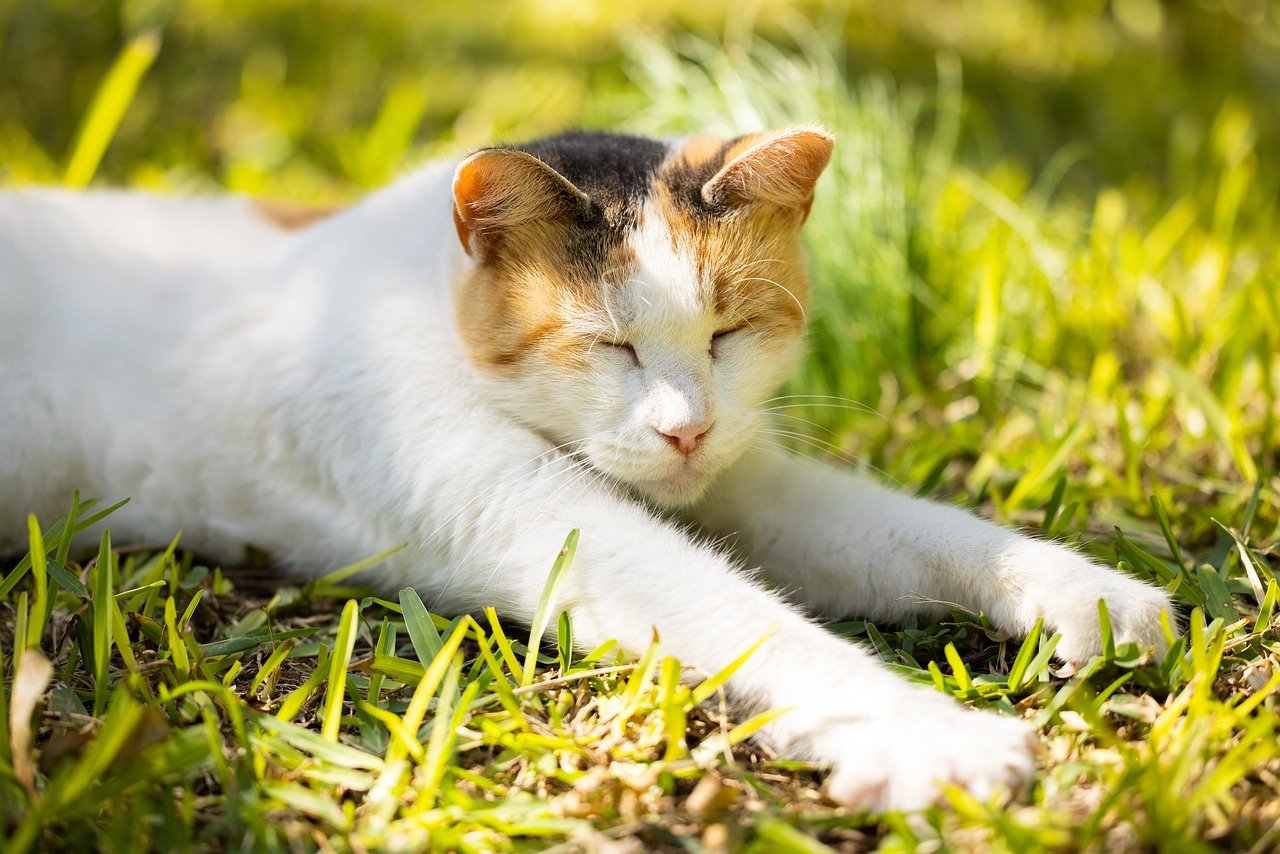
Some cats use soft chirping or trilling sounds as an alternative to meowing. These noises are often reserved for people or animals they feel friendly toward. If your cat greets you with a trill, it’s a warm, welcoming sound—a sign they’re happy you’re near, even if snuggling isn’t on the table. Responding in a gentle, friendly tone can encourage more openness over time. These vocalizations are tiny bridges between your worlds.
13. Gentle Tail Flicks—Mixed Feelings
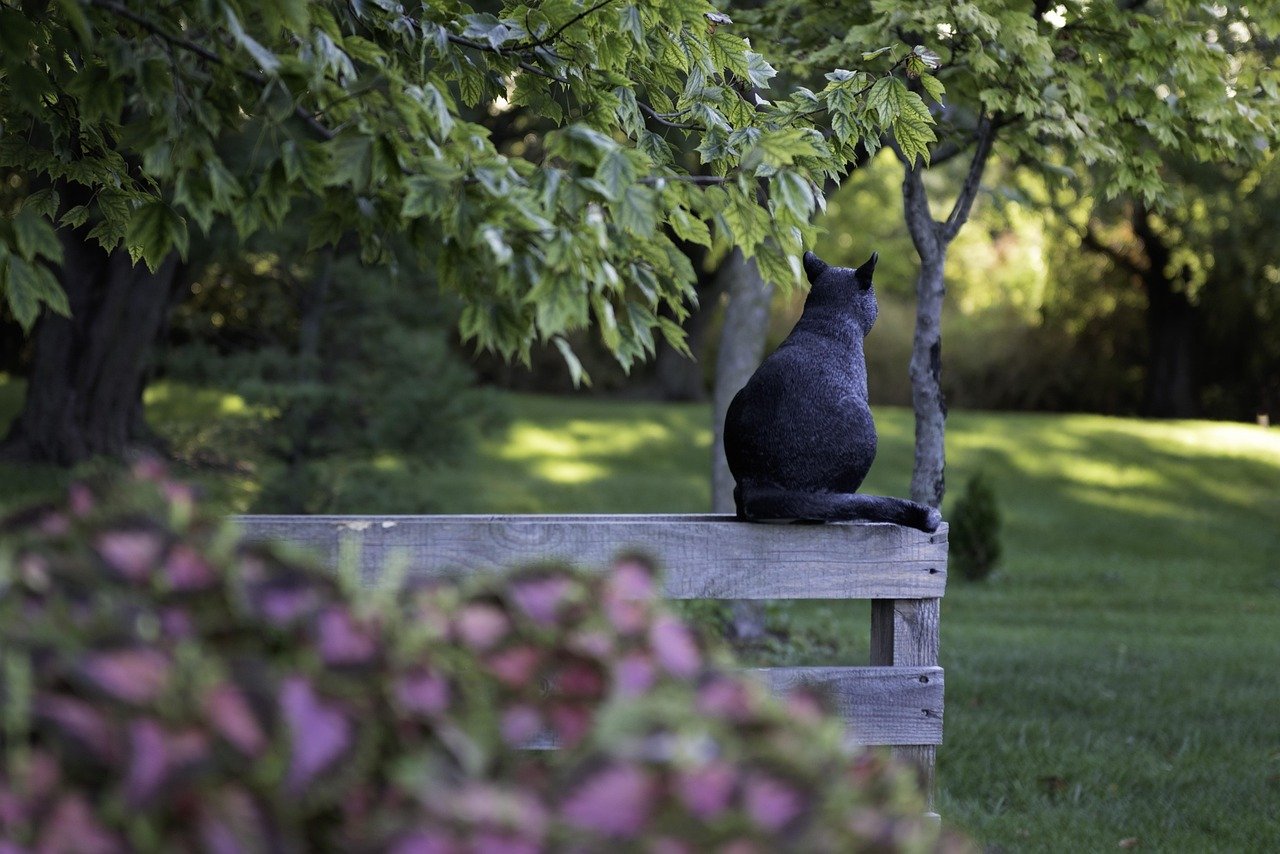
A cat’s tail is a window into their mood. Gentle, slow flicks of the tail, especially when your cat is sitting calmly, often indicate internal conflict. They might want to approach but feel too shy. This isn’t the aggressive thrashing of an angry cat, but a softer, uncertain movement. Think of it as drumming fingers on a table—restless, unsure, but not unfriendly. These tail flicks signal that your cat is thinking about getting closer but isn’t quite ready.
14. Rubbing Against Objects—Indirect Affection
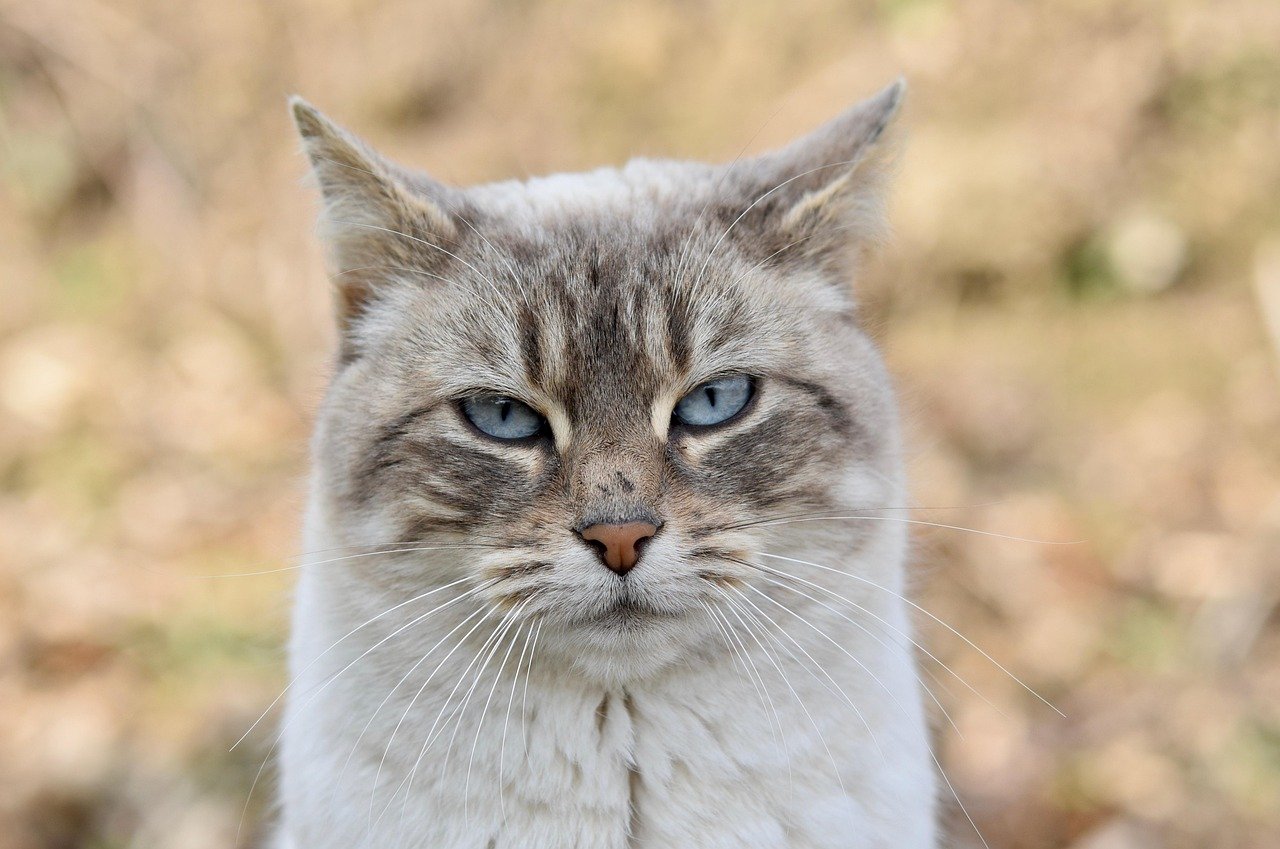
If your shy cat rubs their face or body against furniture, door frames, or other objects near you, it’s a sign they want to leave their scent and claim the area—and you—as safe. This is a form of indirect affection, marking their territory and expressing comfort in your presence. It’s as if they’re saying, “I like being close, but on my own terms.” Over time, as their confidence grows, you might notice them moving from objects to gently rubbing against your legs or hands.
15. Sitting with Their Back to You—Vulnerable Trust
A cat that sits with its back facing you isn’t ignoring you; in fact, they’re showing immense trust. In the wild, a cat never turns its back on a threat. By doing this, your cat is saying, “I trust you not to hurt me when I’m most vulnerable.” For shy cats, this is a powerful gesture of emotional safety. Even if they’re not ready for cuddles, sitting this way shows they feel secure in your presence.
16. Minimal Movement—Frozen by Uncertainty
Sometimes, a shy cat will freeze in place when you approach, barely moving a muscle. This minimal movement is a sign of feeling torn—caught between wanting to engage and being too scared to move. It’s like someone stuck at the edge of a dance floor, wanting to join in but fearing embarrassment. Recognizing this cue can help you gauge when to pause and give your cat a moment to relax, rather than overwhelming them with attention.
17. Dilated Pupils—Heightened Emotions
Large, round pupils in your cat aren’t just a reaction to dim light. When cats feel strong emotions—whether fear, excitement, or curiosity—their pupils dilate. If your shy cat looks at you with wide, dark eyes, they may be feeling emotionally overloaded. This is a moment to move slowly and speak softly, letting your cat know you’re a source of calm, not stress.
18. Laying Down, Belly Covered—Protective Posture
When a cat lies down with their paws and tail tucked under and their belly covered, they’re protecting their most vulnerable parts. This posture says, “I want to relax near you, but I’m not ready to be completely open.” It’s an emotional shield, letting them enjoy your company while still feeling safe. Over time, as trust builds, you might see your cat start to stretch out more, exposing their belly—a sign they’re growing more comfortable.
19. Quick Retreats—Testing Boundaries
If your cat approaches, sniffs you, and then quickly scurries away, they’re testing the boundaries of their comfort zone. This push-and-pull behavior is a shy cat’s way of exploring how much closeness they can handle. It’s like someone dipping their toes into a pool, then pulling back when the water feels too cold. Each time your cat tries—and retreats—they’re learning what feels safe, slowly stretching their limits with your support.
20. Noisy Purring from a Distance—Longing for Comfort

While we often associate purring with contentment, some cats purr when they’re anxious or seeking reassurance. If your shy cat purrs loudly while sitting at a distance, it can be a sign they’re longing for comfort but aren’t ready to come close. This is their way of self-soothing, hoping you’ll understand their silent wish for connection. Responding with gentle, encouraging words can help them feel braver over time.
By tuning into these 15 emotional cues, you can better understand your shy cat’s secret language and nurture the loving relationship you both deserve.
Hi, I’m Bola, a passionate writer and creative strategist with a knack for crafting compelling content that educates, inspires, and connects. Over the years, I’ve honed my skills across various writing fields, including content creation, copywriting, online course development, and video scriptwriting.
When I’m not at my desk, you’ll find me exploring new ideas, reading books, or brainstorming creative ways to solve challenges. I believe that words have the power to transform, and I’m here to help you leverage that power for success.
Thanks for stopping by, Keep coming to this website to checkout new articles form me. You’d always love it!






